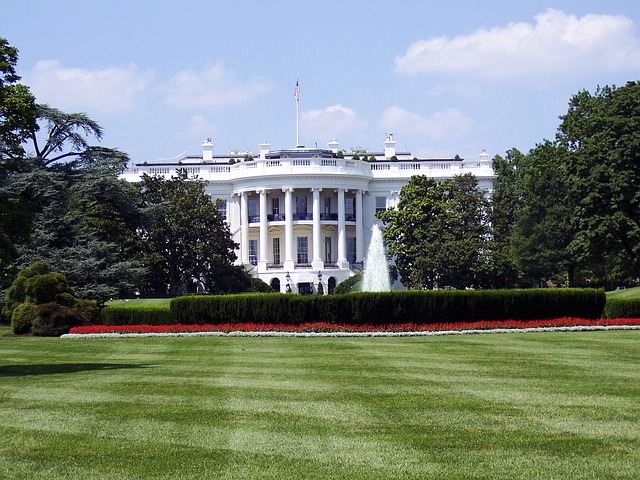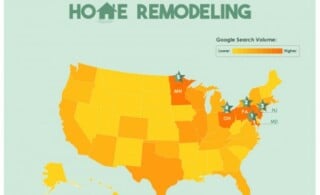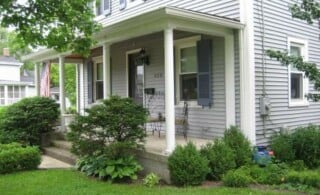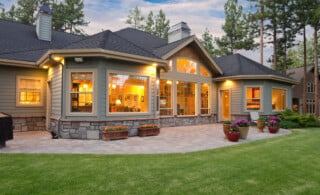January 3, 2017

The election of a new president can have both positive and negative effects on the economy — and on the home improvement industry in particular. There is a lot of uncertainty about what lies ahead no matter your ideology. Here’s a look at some possible scenarios.
On the positive side, tax cuts could free up some money that you could put directly toward home improvement projects. Adding to this effect, spending should generally increase across all sectors, boosting the economy and adding further to overall home improvement spending.
That said, negative effects are also a possibility.
Labor shortages could intensify. If the new administration clamps down on immigration and deports some undocumented immigrants, it could exacerbate construction labor shortages. As a result, remaining workers could demand higher wages, putting pressure on remodelers’ profits and adding to price inflation. It’s not clear whether, or when, the new administration will succeed in getting these policies implemented, but this bears watching.
Materials prices could rise. The obvious positive side to higher tariffs and trade restrictions is that manufacturers of products and materials used in home improvement will have less import competition. On the other side of this coin, however, is the fact that the price of certain construction materials could rise, and this could impact both remodeler’s profit margins and the cost to consumers for certain project types. The impact on your business will depend on whether you are using imported products and materials.
Mortgage rates could continue to increase. There are three paths that could lead to an even faster-than-expected increase in mortgage rates, which could have some effects (both positive and negative) on home improvement spending:
- The president-elect said during the campaign that the Fed has been holding interest rates abnormally low. As president, he will have the opportunity to appoint two governors to the Federal Reserve Board right away, and to replace Chair Yellen when her term ends in early 2018. If he installs a more hawkish Fed, he could increase the likelihood of higher interest rates. On the other hand, Trump has also said that he likes low interest rates, so his ultimate course of action on this matter is unclear.
- Mr. Trump has said that he wants to cut taxes, which combined with his spending plans could result in higher budget deficits. A higher budget deficit would force more bond issuance, which would tend to push bond prices down and interest rates higher.
- There was a moment during the campaign when Mr. Trump suggested that we renegotiate the federal government’s debt, but he has since clarified that he would not actually entertain such a course of action. In such an unprecedented event, investors worldwide would suddenly start to view our debt as risky, demanding to be paid a higher rate of interest. That would further add to the deficit. Long-term rates, including mortgage rates, would go up. Although Mr. Trump has backed away from a renegotiation stance, we have already seen bond investors worldwide demanding to be paid a higher rate of interest to purchase more of our country’s debt.
The post-election stock market rally suggests that investors expect businesses to benefit from faster growth in the economy, spurred by a simulative infrastructure investment package, as well as from greater spending that could derive from lower tax rates. Faster growth in the economy could accelerate the already-strong growth rate of the remodeling business.
There are still huge uncertainties regarding the actual policy actions the new administration will pursue, and even greater uncertainties regarding which actions they will pursue and succeed in implementing. These will certainly keep us industry economists busy watching, interpreting and anticipating what might be in store for the housing and home improvement industries.
 Top States for Home Improvement
Top States for Home Improvement  Preventing Home Improvement Fraud
Preventing Home Improvement Fraud  How to Think About the New Housing Data
How to Think About the New Housing Data  Top 5 Best & Worst Cities for Homeowner Happiness
Top 5 Best & Worst Cities for Homeowner Happiness  Why the Home Improvement Industry is Worth Billions
Why the Home Improvement Industry is Worth Billions 

Are You Familiar With This Topic? Share Your Experience.